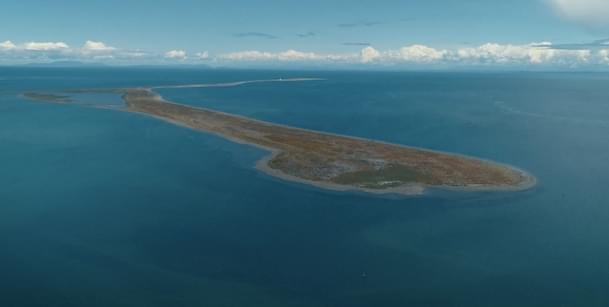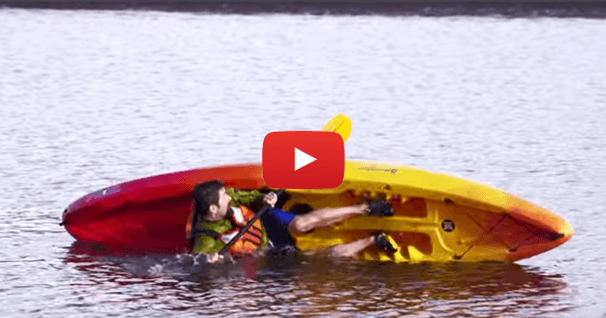Low Head Dams: The Invisible Danger Lurking on Calm Rivers
Low Head Dams: The Invisible Danger Lurking on Calm Rivers
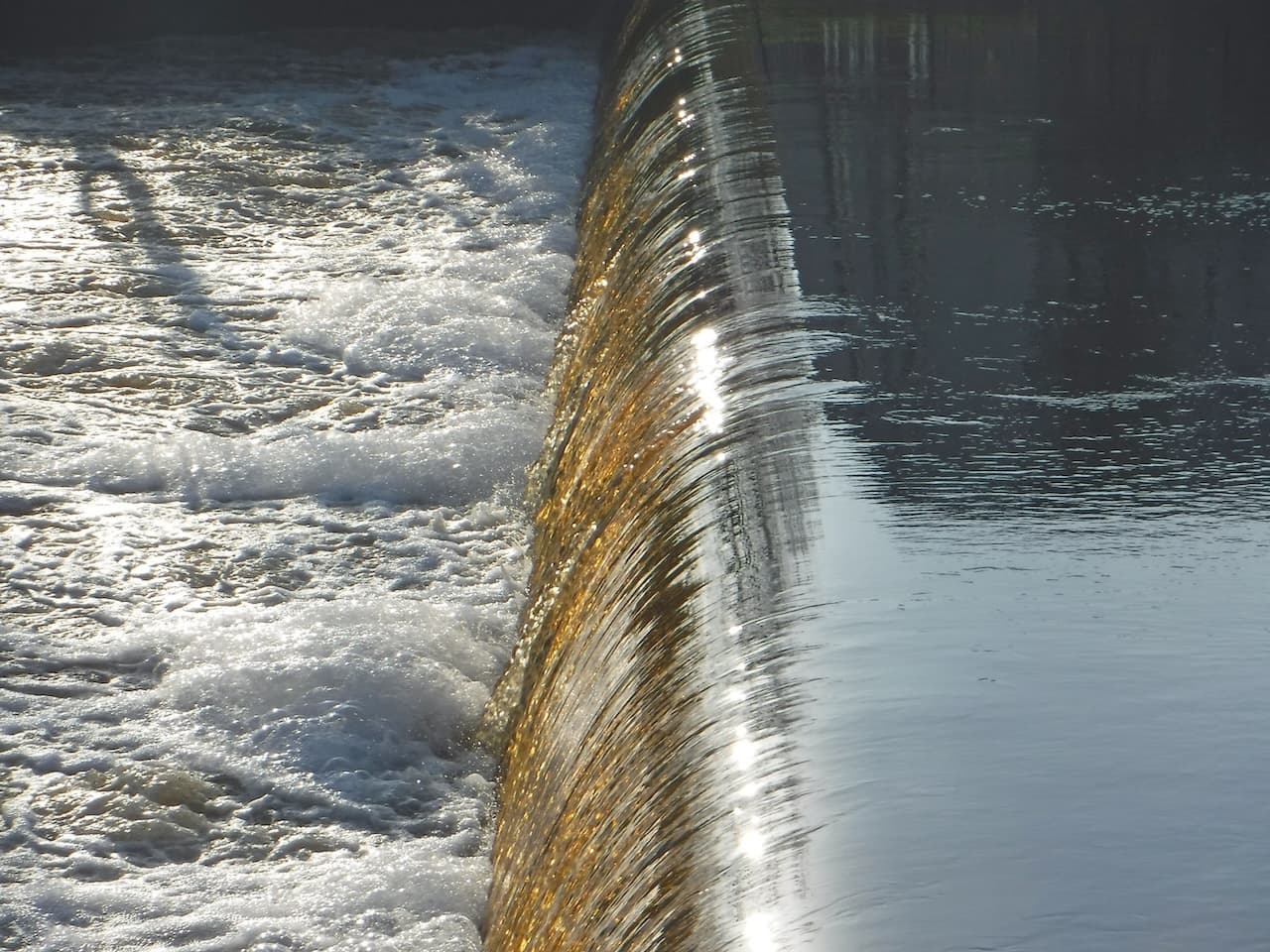
To the untrained eye, it might look like just another ripple on the surface—a small, uniform drop in an otherwise tranquil river. But beneath that glassy water lies one of the deadliest hazards paddlers can encounter: the low head dam. Often unmarked and rarely visible from upstream, these man-made structures have earned the nickname “drowning machines” for good reason.
Low head dams are deceptively simple in design yet devastating in effect. Built to manage water flow or supply irrigation, they create powerful recirculating currents capable of trapping swimmers, paddlers, and even rescuers in an unrelenting hydraulic cycle.
Dozens of paddlers have lost their lives at these structures, many of them within sight of calm water and blue sky. Understanding low-head dam safety isn’t just important—it’s essential for anyone planning to paddle rivers, especially in regions with industrial or agricultural histories. This guide explores how these dams work, where they’re located, why they’re dangerous, and how to stay safe on the water.
The Trap Beneath the Surface
In the spring of 2023, an experienced kayaker paddled a quiet stretch of the Iowa River, unaware that just downstream lay a deceptively small structure. As they neared what appeared to be a gentle drop in the river’s surface, the boat was pulled over a low head dam and into a recirculating current. The paddler capsized and was unable to escape the hydraulic churn beneath the surface. Despite wearing a PFD and having swiftwater training, they did not survive.
Tragically, this scenario isn’t rare. Low head dams—simple concrete structures typically just a few feet tall—are among the most dangerous and underreported hazards paddlers face. Often nicknamed “drowning machines,” they’ve claimed hundreds of lives across the U.S., frequently in calm and otherwise manageable water conditions.
What Is a Low Head Dam?
Low head dams are engineered structures that span the width of a river or stream. They are designed to create upstream pools, provide mill power, regulate water flow, or divert water for irrigation. Most are relics of the 19th and early 20th centuries, still in place long after their original purpose has faded.
What makes these dams so dangerous is not their height—it’s the hydraulic they create. As water spills uniformly over the lip of a low head dam, it creates a powerful circulating current on the downstream side. This current draws water, debris, and anything unfortunate enough to go over the dam—paddlers included—back toward the dam face. The resulting hydraulic can hold victims underwater indefinitely, making escape extremely difficult even for trained swimmers.
Hydraulic engineers and rescue professionals refer to this phenomenon as a “backroller” or “hydraulic jump.” The circulating water continuously cycles downward and backward, much like a front-loading washing machine. According to the National Weather Service, these currents are strong enough to trap boats, kayaks, and even rescue divers.
Why They’re So Dangerous
From upstream, low head dams are often nearly invisible. Paddlers may see only a line of calm water or a slight change in elevation. Because of their design, the drop is typically uniform across the span of the river, lacking the turbulence or variation that might otherwise warn of danger. This visual deception is what makes low head dams especially deadly: victims often don’t realize what they’re approaching until it’s too late.
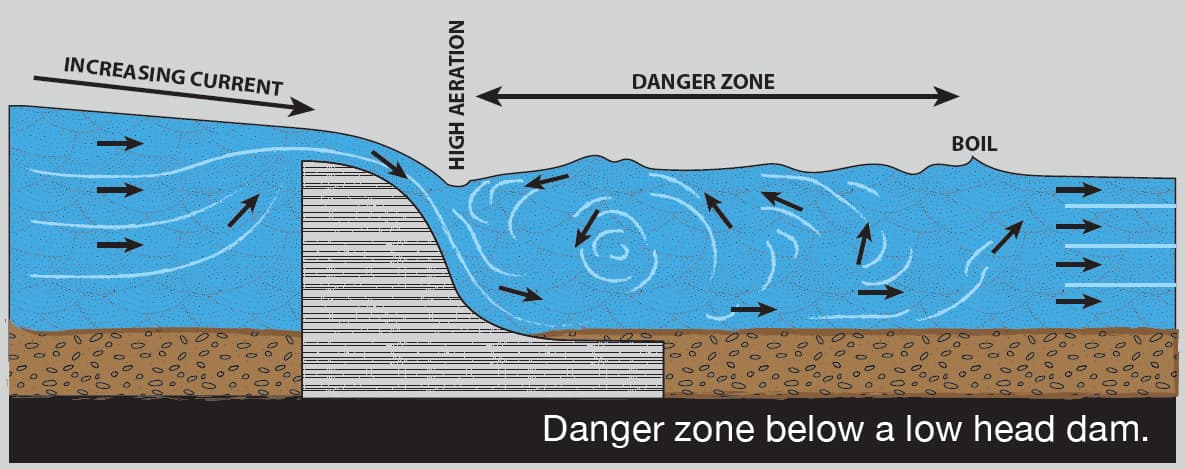
The reverse current at the base of these dams exerts enough force to keep a capsized kayak and its paddler circulating indefinitely. Unlike natural rapids, which have escape routes through eddies or weaker flow zones, the backwash below a low head dam is symmetrical and continuous, with no natural outlet. Add to this the potential for trapped debris—branches, fishing line, even large logs—and the danger multiplies. Attempts to rescue someone caught in the hydraulic often result in multiple fatalities, as bystanders underestimate the dam’s power.
A 2012 study by researchers at the University of Iowa found that low head dams are responsible for a disproportionate number of river-related fatalities, despite their small size. According to Damsafety.org, more than 1,000 deaths have been linked to these structures in the past 50 years.
Where Are These Dams Found?
Low head dams are shockingly common. The U.S. does not have a complete national inventory of them, but estimates suggest there are more than 2,700 low head dams still in place across all 50 states, according to American Rivers. Many were built for water management in the 1800s and early 1900s and remain today, largely unmarked and unmapped.
States like Iowa, Pennsylvania, and Ohio are especially dense with these structures, owing to their industrial history and network of inland waterways. Some states, such as Iowa, have published online maps identifying known low head dams, while others rely on paddler-reported hazard databases like those maintained by American Whitewater.
The lack of visibility into dam locations makes planning ahead essential for river safety. Even experienced paddlers may unknowingly put in above a dam, especially in unfamiliar territory.
How to Identify a Low Head Dam Before It’s Too Late
The most effective way to avoid a low head dam is to research your route in advance. Use online maps, satellite imagery, and paddling forums to determine whether your planned section of river includes any dams. Local paddling shops and guide services are another great source of up-to-date information.
While on the water, paddlers should watch for visual indicators, such as:
-
A uniform horizontal line across the river.
-
A sudden change in the smoothness of the water upstream, often accompanied by glassy or flat water just before the drop.
-
Whitewater or boiling water that remains stationary downstream of a drop.
-
Warning signs or buoy lines—though many dams still lack these.
If you see any of these signs and aren’t certain what lies ahead, get to shore immediately and scout on foot. When in doubt, portage.
If You Find Yourself Approaching a Low Head Dam
Should you unexpectedly encounter a dam, act quickly and decisively. Paddle hard at an angle toward the nearest shore, avoiding a straight-on approach to the drop. Alert others in your group as soon as you recognize the hazard.
If someone goes over and becomes trapped, do not enter the water to attempt a rescue unless you are specifically trained in swiftwater rescue and have the necessary gear. The currents at the base of a low head dam are too strong for most people to overcome, even with flotation devices. Instead, call emergency services immediately and, if it is safe to do so, use a throw rope or other reach tool from shore.
What to Do If You’re Trapped in the Hydraulic
Survivors who have escaped low head dams report that the only viable escape is often to submerge, curl into a ball, and attempt to reach the bottom of the riverbed, then push away downstream. This counterintuitive move is an act of desperation and should not be relied upon as a standard escape method.
Paddling instructors and rescue professionals agree: prevention is the only reliable strategy. Once caught in the boil below a dam, your chances of self-rescue drop dramatically. This is why early recognition and avoidance are critical.
What’s Being Done—and What You Can Do
Fortunately, awareness around low head dam safety is growing. Some states have initiated public awareness campaigns and signage requirements. Dam removal is also gaining momentum as part of river restoration and safety projects. According to American Rivers, over 2,000 dams have been removed in the U.S. since 1912, with momentum accelerating in recent years.
Organizations such as American Whitewater and the Association of State Dam Safety Officials (ASDSO) are leading efforts to improve mapping, signage, and education. You can support this movement by:
-
Contacting your state’s Department of Natural Resources to request hazard signage at known dams.
-
Supporting dam removal initiatives and environmental groups working on river safety.
-
Reporting unmarked or hazardous dams to local authorities or paddling advocacy groups.
-
Educating fellow paddlers—especially newcomers—about the risks and how to avoid them.
Know Before You Go
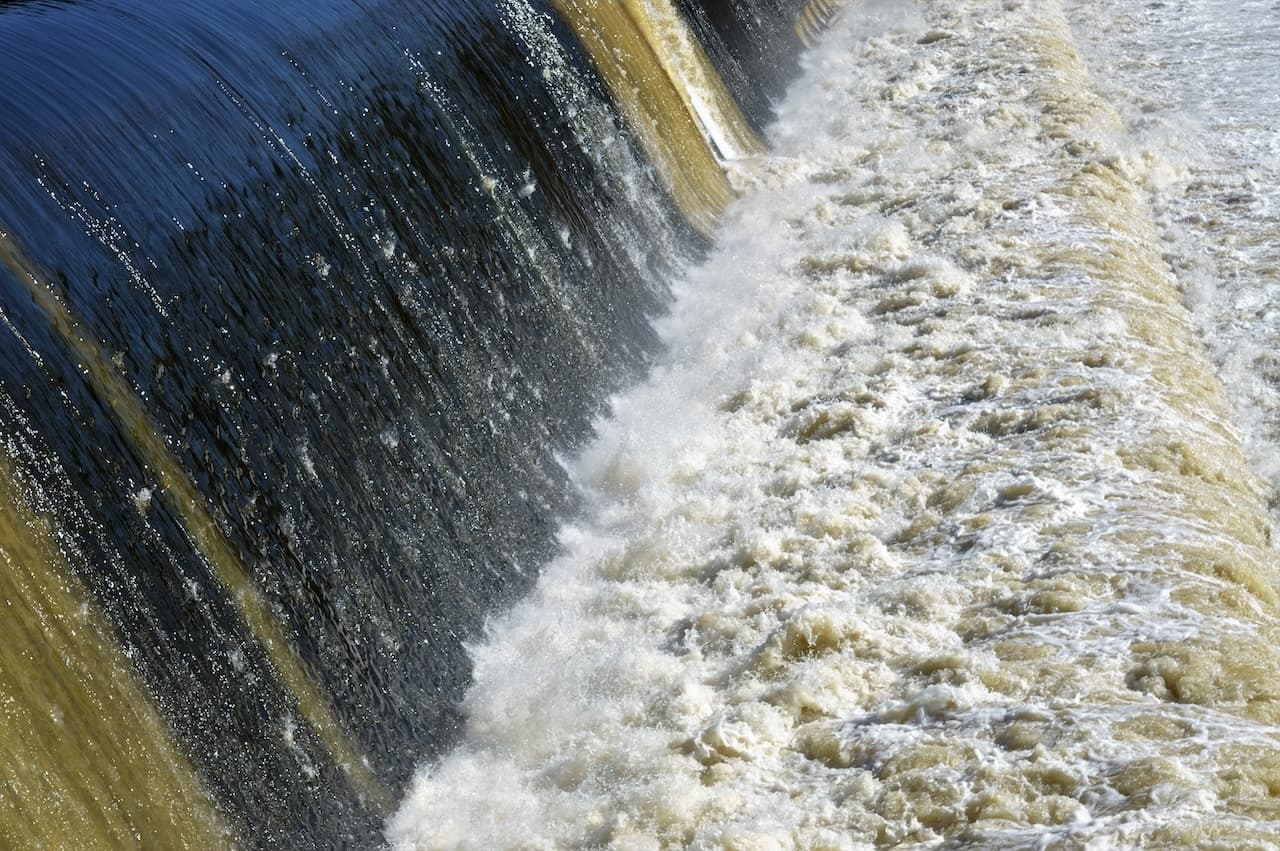
Low head dams don’t look dangerous—and that’s exactly what makes them deadly. Their unassuming appearance masks a powerful trap lurking beneath the surface, capable of ensnaring even skilled and prepared paddlers. But with planning, vigilance, and education, these tragedies are preventable.
Before your next trip, take the time to study your route. Identify any hazards, scout unfamiliar waters, and don’t ignore warning signs—on the map or on the river. A little preparation could save your life or the life of someone in your group.
Related Articles
Dungeness Spit from above, with the New Dungeness Lighthouse in the distance Dungeness…
A sea kayaking accident underlines the peril of cold water Watch the video here or read the whole…
This recovery is an excellent example of using components from two traditional recovery techniques and…

